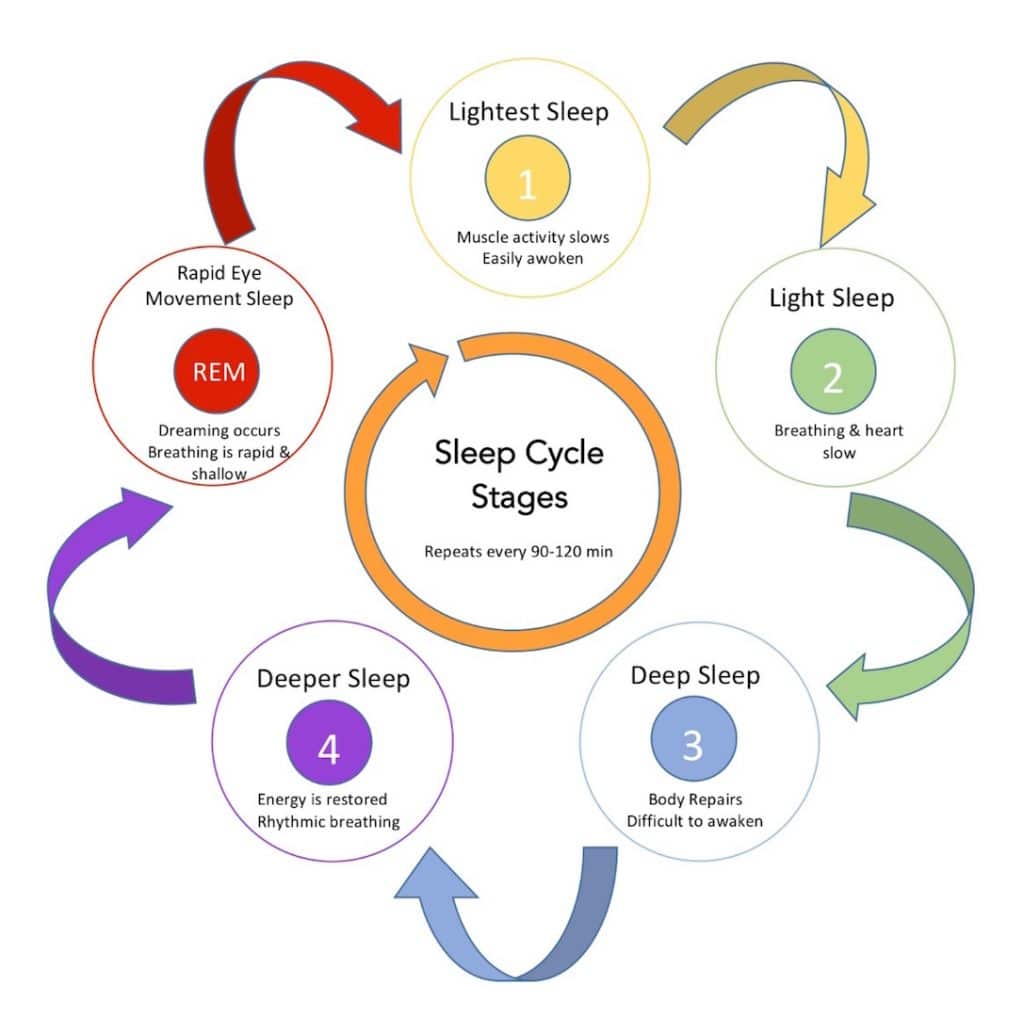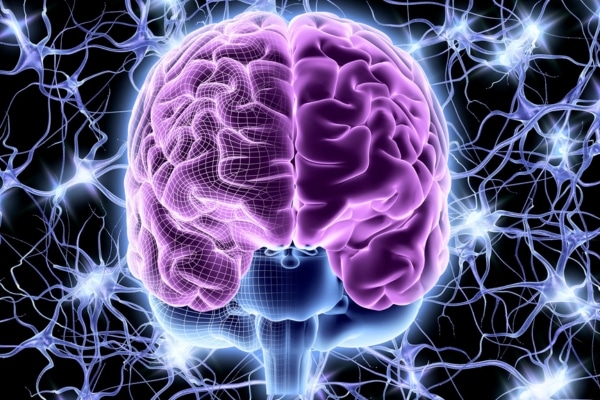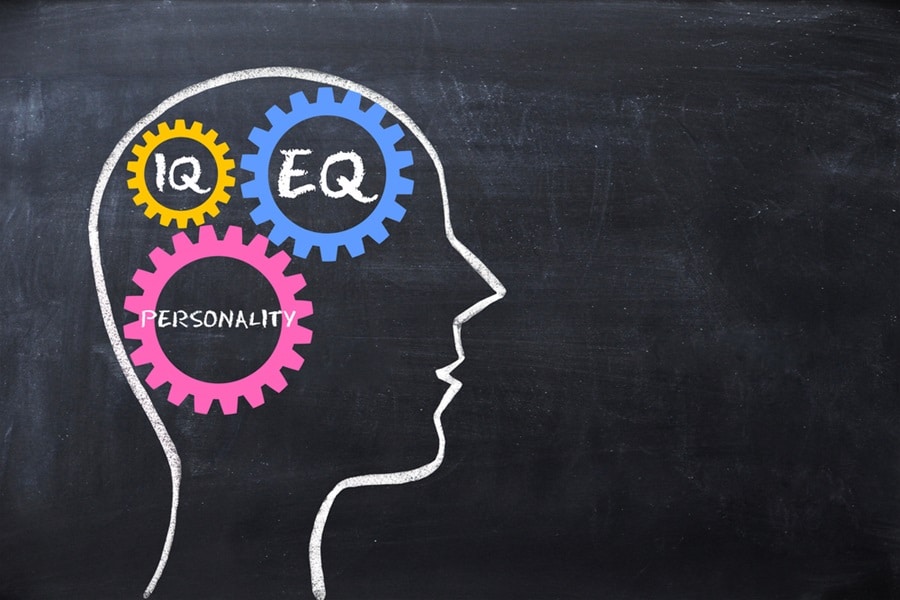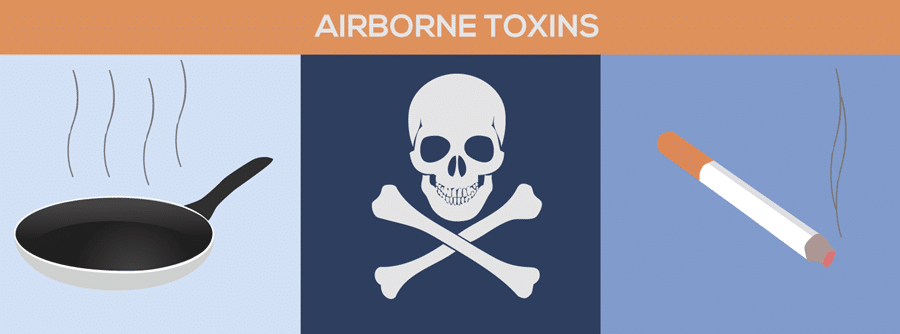In today’s fast-paced world, the power nap has emerged as a secret weapon for those looking to boost their productivity and mental acuity. Unlike longer sleep periods, power napping is a brief, restorative rest that can significantly enhance cognitive functions, mood, and overall health without the grogginess often associated with longer naps. This exploration delves into the science behind effective power napping, uncovering how these short periods of rest can be optimized to yield substantial benefits. From understanding the ideal duration and timing of power naps to uncovering their profound impact on the brain and body, this guide offers a comprehensive look at how a simple nap can lead to impressive improvements in daily life.
Contents
The Basics of Power Napping

Power napping is an art that involves resting for a short period to rejuvenate the mind and body. The ideal power nap lasts between 10 to 20 minutes, providing rest without entering deep sleep, thus preventing sleep inertia. This duration ensures that one wakes up feeling refreshed and alert, ready to tackle the tasks ahead with renewed vigor. By strategically timing these naps in the early afternoon, one aligns with the body’s natural circadian rhythm, optimizing the benefits of this brief slumber.
Choosing the proper environment is crucial for an effective power nap. A quiet, darkened room with comfortable temperatures can significantly enhance the quality of rest. Incorporating tools like eye masks or white noise machines can also help mimic nighttime conditions, facilitating quicker relaxation and sleep onset. The aim is to create a conducive setting that allows the body to relax deeply, albeit briefly, maximizing the rejuvenation process within a limited timeframe.
Understanding the Sleep Cycle

To fully harness the benefits of power napping, it’s essential to grasp the basics of the sleep cycle. Human sleep is divided into several stages, from light sleep to deep REM (Rapid Eye Movement) sleep, each playing a critical role in health and well-being. Power naps primarily involve the lighter stages of sleep, offering restorative benefits without the grogginess that comes from waking during deeper sleep phases. Understanding these stages enables one to time naps perfectly, avoiding the disorientation of sleep inertia.
The concept of sleep architecture explains how power naps can improve cognitive functions without interfering with nighttime sleep patterns. By staying within the lighter sleep stages, naps can provide rest and rejuvenation without entering the deeper, more restorative phases of sleep that are crucial for memory consolidation and physical recovery. This delicate balance ensures that napping supplements rather than detract from the quality of nighttime sleep, making it a powerful tool for those looking to boost daytime alertness and performance.
The Brain on Power Naps

The impact of power napping on the brain is profound and multifaceted. Studies have shown that even a brief rest can significantly enhance cognitive functions such as memory, problem-solving skills, and creativity. This is because power napping allows the brain to pause and reset, improving neural connections and facilitating the consolidation of new information. As a result, individuals who embrace power napping often report improved focus and higher productivity levels throughout the day.
Furthermore, power napping has been linked to enhanced learning capacity. The brain utilizes sleep to process and store new information; thus, a quick nap can act as a booster for the memory consolidation process. This is particularly beneficial in learning environments or workplaces where absorbing new information quickly is crucial. By integrating power naps into their routine, individuals can create an optimal environment for their brains to process, store, and retrieve information more efficiently.
Physical Health Benefits

Beyond the cognitive enhancements, power napping offers a range of physical health benefits. It has been associated with lowered blood pressure, reduced stress levels, and a strengthened immune system. These effects stem from the body’s ability to enter a state of relaxation and recovery during sleep, even if for a short period. Thus, regular power naps can be an effective strategy for managing stress and maintaining overall health, complementing other wellness practices.
Moreover, power napping can positively affect heart health and weight management. By reducing stress and providing a brief period for the body to recover, naps help regulate the body’s stress responses and metabolic processes. This not only lowers the risk of cardiovascular issues but also aids in weight management by influencing appetite hormones. In essence, a quick nap can be a simple yet powerful addition to a healthy lifestyle, offering benefits that extend well beyond the immediate boost in alertness and mood.
Mental and Emotional Well-Being

The benefits of power napping extend into the realm of mental and emotional health, offering a respite for the mind as much as the body. Regular power naps have been shown to decrease the symptoms of anxiety and depression, providing a natural mood booster by allowing the brain to pause and reset. This brief disengagement from the stresses of daily life can significantly improve emotional regulation, leading to better stress management and overall happiness. Such moments of rest are crucial in today’s fast-paced world, where mental health is as paramount as physical health.
Moreover, power naps can enhance overall well-being by improving one’s mood and increasing resilience to stress. By breaking the day with a moment of rest, individuals can tackle the second half of their day with renewed energy and a more positive outlook. This not only improves personal well-being but also enhances social interactions and productivity. Power napping serves as a tool not just for rest but as a mechanism for fostering a more positive, energized, and emotionally balanced self.
Effective Power Napping Techniques

Creating an ideal environment for power napping is key to reaping its full benefits. This involves finding a quiet, comfortable place where one can relax without interruptions. The use of sleep aids such as eye masks to block out light or white noise machines to drown out distracting sounds can help simulate nighttime conditions, facilitating quicker and deeper rest. Moreover, positioning oneself in a comfortable posture that supports relaxation and prevents stiffness upon waking can enhance the quality of the nap.
Preparing the mind for a power nap is equally important. Techniques such as deep breathing or meditation can help calm the mind and ease the body into sleep more quickly. Setting an alarm for the ideal duration of 20 minutes can prevent oversleeping and the resultant grogginess. Embracing a consistent napping schedule can also help train the body to fall asleep faster over time, making the most of each power napping opportunity. These strategies collectively work towards creating a napping practice that is refreshing and restorative.
Common Myths and Misconceptions

Despite the numerous benefits of power napping, several myths and misconceptions persist, potentially deterring individuals from adopting this healthy habit. One common myth is that power napping is a sign of laziness or poor nighttime sleep. However, research shows that even those with optimal nighttime sleep routines can benefit from the cognitive and physical boosts that naps provide. Napping is not a substitute for poor nighttime sleep but a complement to a healthy sleep schedule, offering a strategic energy boost.
Another misconception is that napping can disrupt nighttime sleep patterns. While long or late naps might affect sleep quality for some people, short, early afternoon naps are generally beneficial and do not interfere with nocturnal sleep. On the contrary, they can enhance alertness and performance without compromising sleep quality. By dispelling these myths and understanding the science of power napping, individuals can integrate naps into their daily routines to enhance their well-being without fear of negative repercussions.
Transform Your Day With The Science Of Napping
The science behind effective power napping reveals a compelling case for incorporating this practice into daily life. From enhancing cognitive functions and emotional well-being to offering significant physical health benefits, the advantages of power napping are vast and varied. By understanding the ideal duration, timing, and techniques for power napping, individuals can maximize these benefits, leading to improved productivity, mood, and overall health. As society continues to recognize the importance of rest and recovery, power napping stands out as a simple yet profoundly effective tool for enhancing your quality of life in today’s increasingly busy world.


